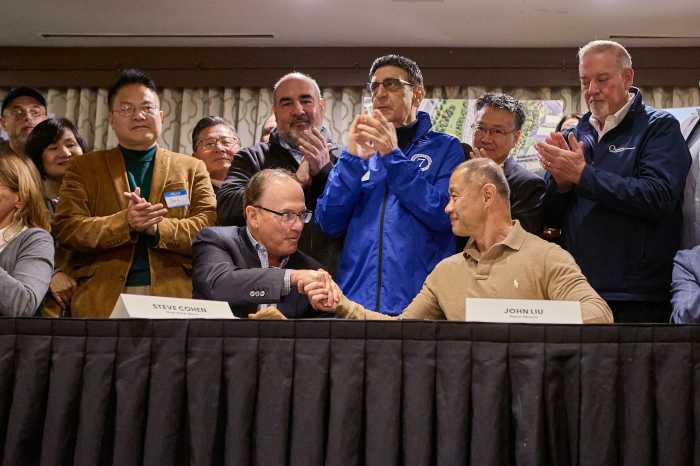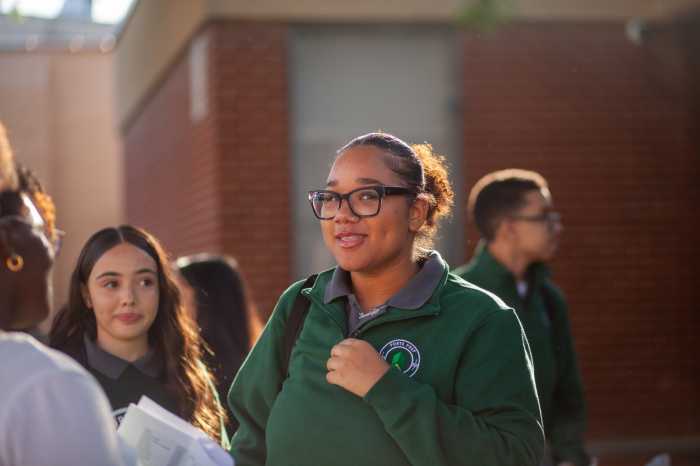By William Lewis
The 2014 election nationwide was a Republican success, especially with the party gaining control of the U.S. Senate in addition to increasing their majority in the House of Representatives.
A parallel to this chain of events occurred in 1964, when Republican presidential candidate U.S. Sen. Barry Goldwater lost by a wide margin to the Democrats led by President Lyndon Johnson.
The following two years, 1965-66, the Democrats with control of Congress were able to pass liberal legislation. However, in the case of the next two years, 2015-16, President Barack Obama will still be in the White House and Republicans in Congress will need enough votes to override possible presidential vetoes of their proposed legislation.
Here in New York state, Gov. Andrew Cuomo will have a Republican state Senate to deal with.
The election results this year, regardless of party affiliation, show that the American people are not happy with federal government policies and want change.
In regards to third-party endorsements, this practice has become an important part of the New York electoral system. In terms of the Republican Party, few of their candidates for elective office in New York state could be elected without a third-party endorsement. That Republican cross-endorsement usually comes from the Conservative Party.
The Independence Party, the Working Families Party, and lately the Green Party, have given their endorsements to candidates from other political parties that reflect their main political views. The Working Families Party almost always endorses Democratic candidates when it does not run its own candidate.
It is very difficult for third parties to run their own candidates in terms of raising finances for the campaign, not to mention name recognition.
If third parties could not endorse candidates of the two major parties, it would radically change New York’s electoral system. This endorsement system has been in use throughout the 20th century and has worked well during those times.
We want to give the voting population a choice on Election Day, not only of the candidates running for public office, but also a choice of political parties that are running those candidates.
This system of cross-endorsements have candidates from all political parties.
Third parties had on occasion run their own candidates for office and been successful. One outstanding example occurred in 1970, when Republican James Buckley won the U.S. Senate seat that year, running as the candidate of the Conservative Party although he also had an independent line on the ballot.
Third-party candidates and endorsements are a part of the New York elections and will continue to be so.
Another aspect of our political system is primaries. Presently, we have two primaries, in June and September. The June primary is for federal congressional races and September is for state and local political campaigns. This means that political party petition gatherers will have to circulate petitions twice during the year for primaries in June and September.
This will take up additional time and expense for the people who are circulating petitions and petition signers will have to sign petitions twice.
It is time for the state Legislature to pass a law establishing one primary in June. By doing that, the primary election will be over sooner and more time can be given to the main fall campaign that leads to the November election.
There is no point to having two primaries. The September primary does not give the candidates enough time to campaign for the November election.
It is hoped that the New York state Legislature will pass a bill into law that gives us one primary in 2015.
This bill would have to be passed early in the year so it will be in place for a June primary.
We want our executive and legislative branches of government at both the state and federal levels to work together.


































